10. Strangers on a Train (1951)
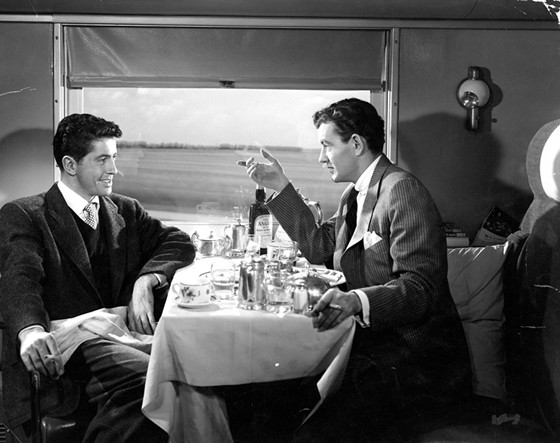
The 1950’s, and Hitchcock were, with no exaggeration, the single greatest body of work I have ever encountered. No one made so many great films in such a short period of time. No one made such a spectacular return on financial investments with so many films. And no one managed to create a television institution built on those successes. We, as a filmgoing public, are defined by this period.
During the 1950’s, Hitchcock is an astounding artist, worthy of Picasso, Stravinsky, or Warhol. He changed everything. And it all begins with one simple phrase: “We swap murders!” It’s been so recycled that we don’t even blink twice at it. But, whether Raymond Chandler, or Hitch, came up with it, who cares! Based on a novel by Patricia Highsmith (Author of “The Talented Mr. Ripley”), it features a career defining performance by Robert Walker. Interestingly, his son is famous for appearing in one of the earliest episodes of “Star Trek”: “Charlie X”.
9. Spellbound (1945)
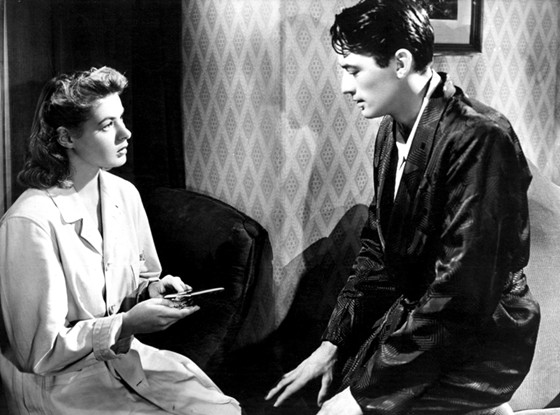
This film is credited with being the first Hollywood film to focus on psychoanalysis. It is also a superb mystery, with inspired casting. Hitchcock seemed to prefer that one lead should be emotional, and one should be reserved. Opposites. Peck is reserved, because he has something to hide, although he doesn’t know it. Bergman goes from being reserved, to being extremely emotional. “Vertigo” works in the same way; and even “Psycho”. To cap it all off, Salvador Dali directed the dream sequence. The sequence is amazing, and as far as I know, his last involvement in film.
8. Lifeboat (1944)
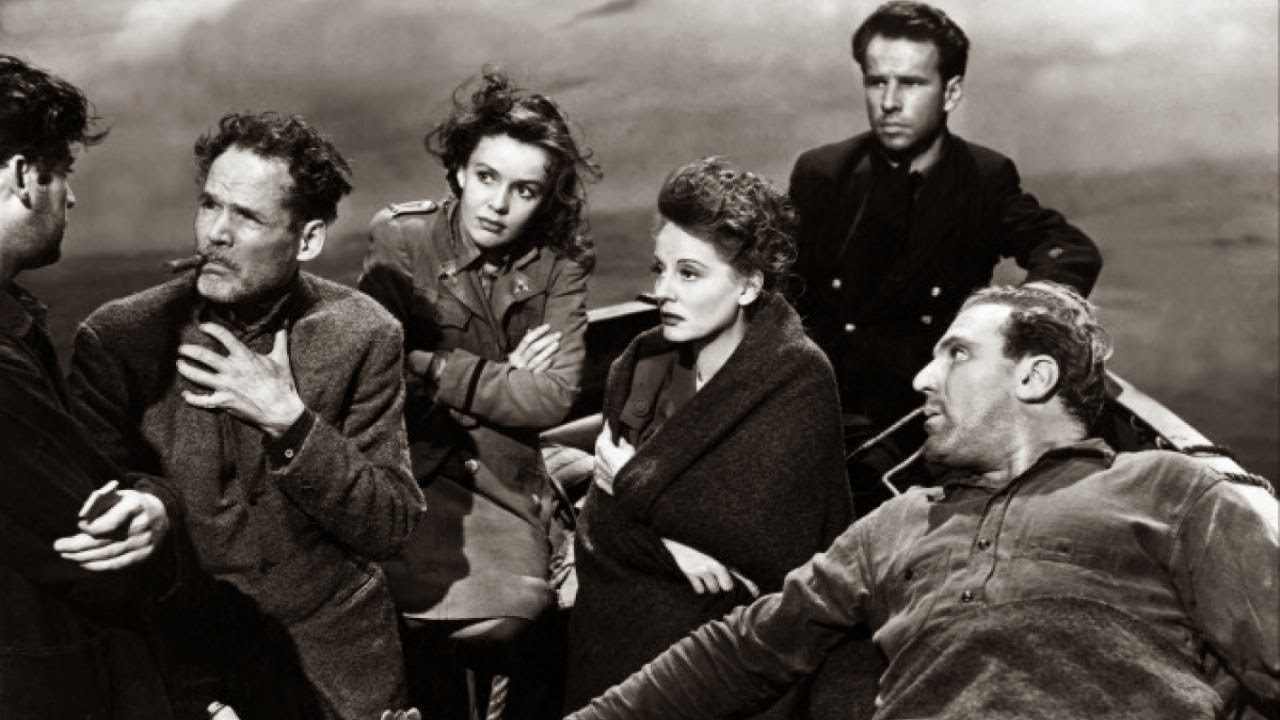
Anyone who thinks that Hitchcock was a money-grubbing opportunist, direct them to this film. He never stopped innovating, and experimenting. THERE…IS…ONLY…ONE…SET! How many films do you know of that can hold your interest for an hour and 45 minutes, focused on one set? And a small boat, no less. Cram that set with incredible actors, leave out any theatrical conventions, and you have a masterpiece. Hitch would try this again two more times in his career. This film duels in my mind with “Rope” constantly. As for “Under Capricorn”, you’ve already read my comments about that…film already.
7. Rope (1948)
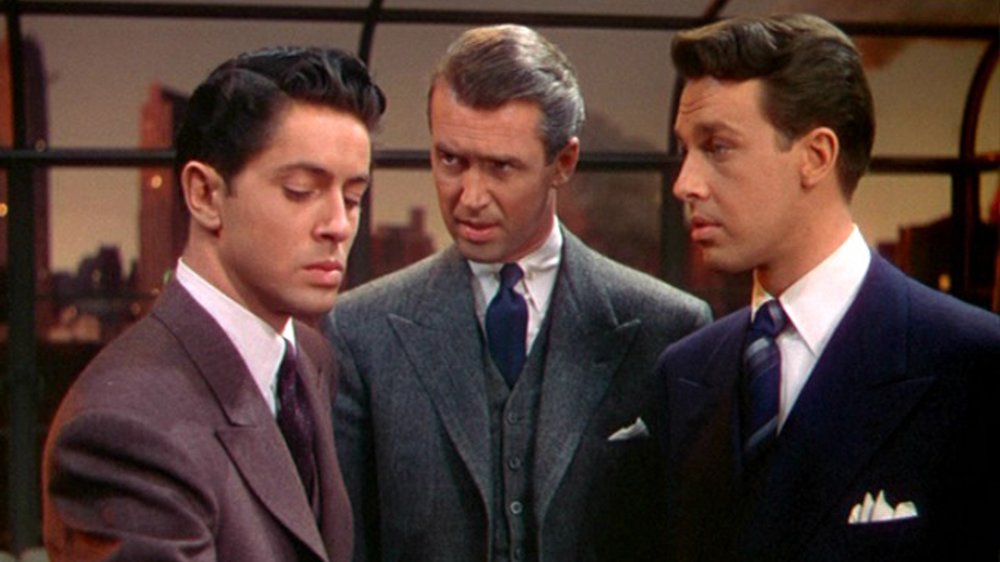
“Rope” is probably, the greatest experiment in the history of mainstream Hollywood. Each take was the length of a reel of film. All the cuts, except one, are disguised. The final result is a film that appears to be 1 take. All of the furniture was on wheels, allowing the camera to glide effortlessly through the space. Based on the play by Patrick Hamilton (Who also wrote “Gaslight”), this dissertation on the issues in Dostoevsky’s “Crime and Punishment” is as compelling as it gets.
Modeled on the Leopold-Loeb murders, it follows the attempts by two pretentious college students to reason their way out of having committed a murder. In one of the sickest twists in theater, or film, history, the murderers put the dead body into a trunk, and serve a buffet dinner over him. Who are the guests? The victim’s fiancee, his parents, and his favorite college professor played by Jimmy Stewart. He is their philosophical scapegoat. I have shown this film at Thanksgiving. I paired it with “Sunset Boulevard”. Yeah, I’m a little weird!
It is a stunning film, written by the seemingly demure Hume Cronyn. Utterly bizarre if you only know Cronyn for his acting work. I have heard that this film represents Hitchcock’s philosophy, as a human being. I’m inclined to agree. It is a shame Cronyn and Hitch did not collaborate again. What a team!
6. Shadow of a Doubt (1943)
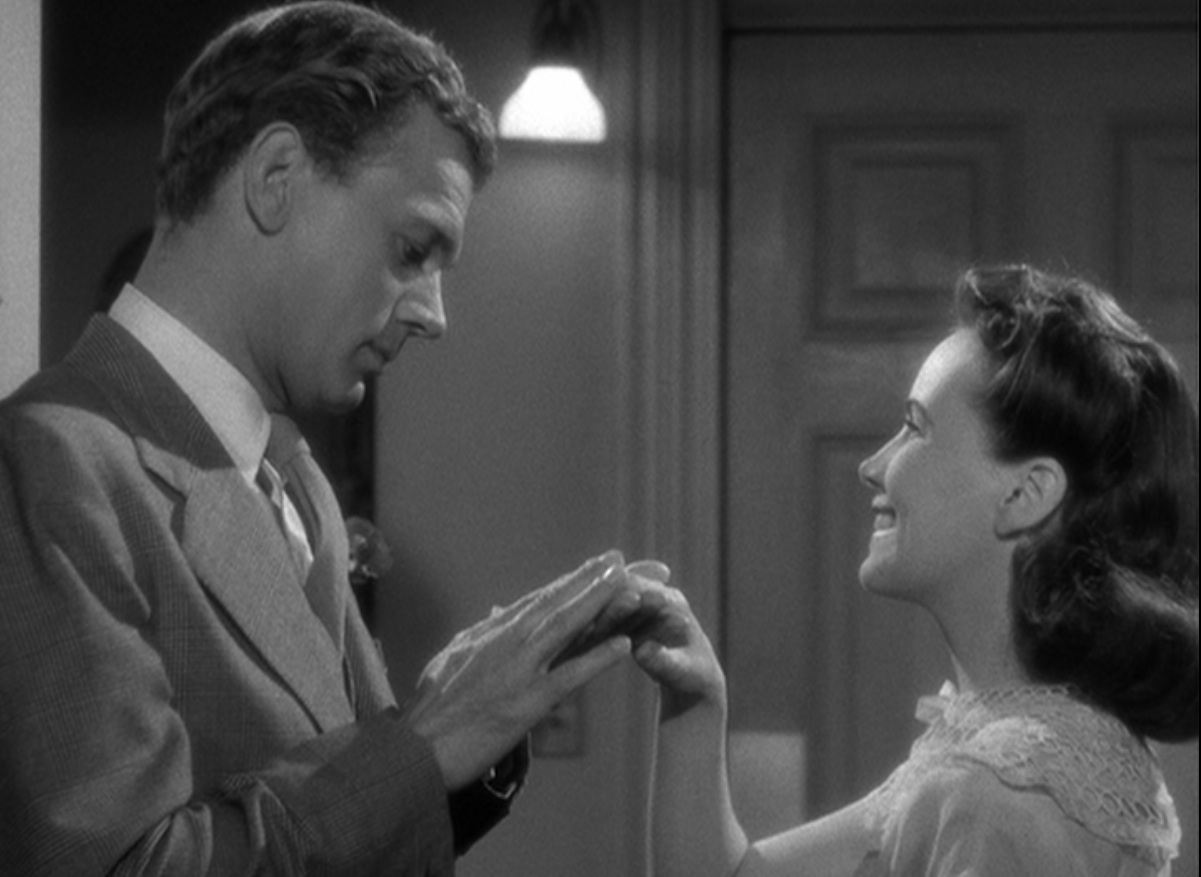
It always startles people when they learn that of all of Hitchcock’s American films, this was his favorite. What about “Strangers on a Train” or “Notorious” or “Vertigo”? Nope! This was his favorite. He loved the intrusion of evil into a landscape of innocence. The casting is flawless, with Theresa Wright (Recent Oscar winner) having a quasi-love-affair with her uncle Charlie, who happens to be a serial killer. To pop the lid on middle America shocked audiences at the time. “Rebecca” won Best Picture 3 years earlier, but most people who had not heard of Hitchcock chalked up that victory to David O. Selznick, who had won Best Picture the year before, for “Gone With the Wind”.
This is where Hitchcock made his name, and truly began distancing himself from Selznick.The deal to bring Hitchcock from England was made in good faith. Selznick was very good at persuading people to sign a contract with him. But when people began working for him, they suddenly realized that Selznick was a tyrant. He fired 4 Directors from “Gone With the Wind”, and finished the film himself. When the film won 8 Oscars, Selznick thought he was invincible. He thought he could bend Hitchcock to his will, but that was never going to happen. After the frustration of making “Rebecca”, Selznick immediately loaned Hitchcock to other studios, as if sending him into exile. When Hitch made “Shadow of a Doubt”, American suddenly realized here was a force to be reckoned with.
5. Notorious (1946)
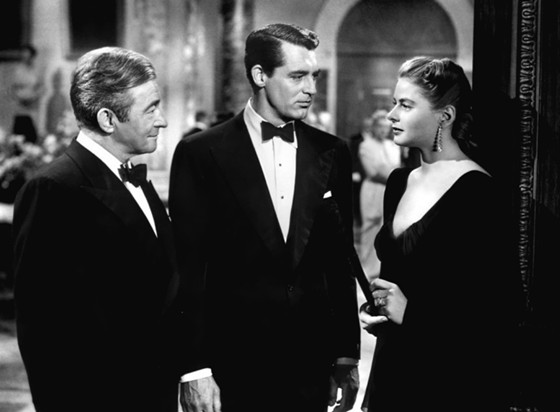
This is the first modern spy film, according to a documentary in the DVD extras of one of the “Bourne” films. There is a certain amount of merit to this statement, and a certain amount of nonsense. For one thing, Fritz Lang might object because he made a little movie called “Die Spion”, ie THE SPIES in 1928. And Hitchcock himself made “The 39 Steps” in 1935. But, there is something deeply modern and utterly unique about this film.
Frankly, the spy genre might have been better if it had followed the “Notorious” model, rather than the James Bond model. Don’t get me wrong: I love James Bond, almost as much as I love Hitchcock. But this film has a personal touch, a humanity, that is missing from most Bond films. The great Francois Truffaut made this film the focus of his legendary set of interviews with Hitchcock, in his book “Hitchcock/Truffaut”. It is not the greatest film Hitchcock made, but it is definitely in the top 5. And, it may be the greatest performance Cary Grant ever gave in his career. Total masterpiece!
4. North by Northwest (1959)
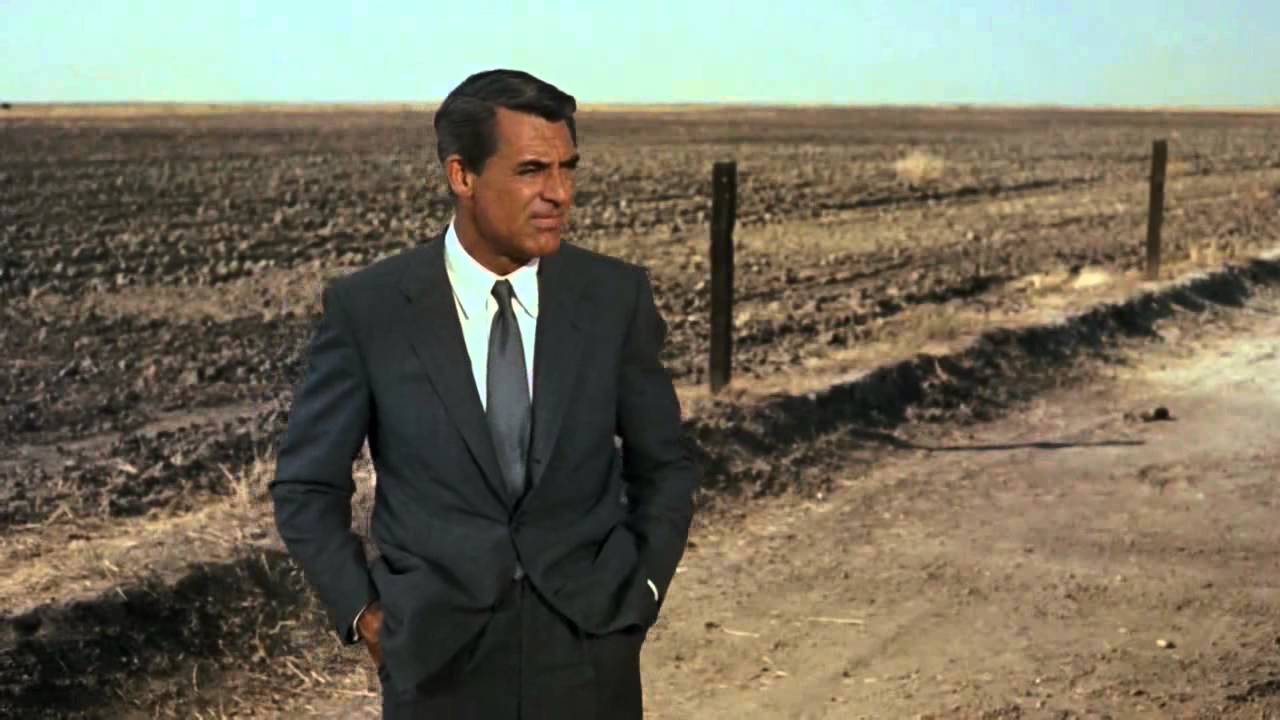
The Hitchcock-quartet, as I call it, are his four greatest films, released in 6 years; 1954-1960. As we all know, Hitchcock invented the cinematic thriller. But, by the time we get to 1959, Hitchcock is a little long-in-the-tooth. His first thriller was released in 1926. As the originator of the cinematic thriller, what was there left to do? Look back. But, he did something ingenious, as only he knew how to do. I hope, dear reader, that you’re sitting down.
This is another film where Hitchcock is riffing on “Hamlet”. This theory comes from the genius that is Marian Keane. Shakespeare based his play on a previous play about the doomed Danish prince. Shakespeare made a few changes in his version. This is true of almost every Shakespeare play, except “The Tempest”. Originally, the Ophelia character was complicit in the crimes committed against Hamlet. In Shakespeare’s version, she was a victim of them. Her name was not originally Ophelia. It was Eve. Eva Marie Saint’s character’s name is Eve. The Leartes’ character was named Leonardo. Martin Landau’s character’s name is Leonard. And, the title comes from a direct quote from “Hamlet”. Rosencrantz and Guidestern are following Hamlet, who is acting very strangely. They ask him what is wrong. Hamlet answers, “I am mad north-northwest. When the wind is southerly, I know not a hawk from a handsaw”.
The entire film is built on the premise that an advertising man is mistaken for a spy. You can probably see why I believe Professor Keane’s theory. As Hitch looked back on 30 years of making thrillers, he riffed on his favorite story: “Hamlet”. In doing so, he took it on the wildest ride of its literary life!!
3. Rear Window (1954)
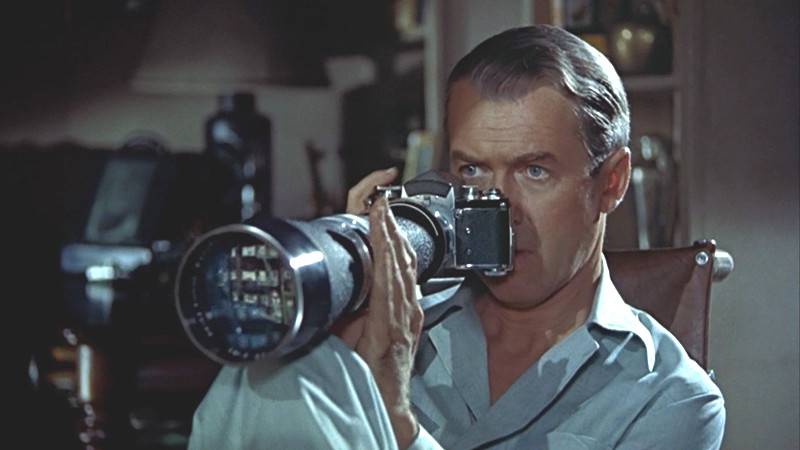
The only reason we have different artforms is because they each access different parts of our experience. You can put these experiences as “senses”. Without turning this into a dissertation let’s just say that film is about the moving photographic image, which requires sight. To compare, poetry is about hearing; because poems should always be read allowed. Prose is about reading written language silently. Music is also about hearing, but in a more abstract way. Theater is about wearing a mask that symbolizes the character. The Greeks, who invented theater, always wore masks when they were performing. It’s about the character, not the actor. All you have to do is name the one thing that, if you took it away, would completely negate the artform.
In the case of film, it’s the camera. Take that away, you don’t have a film. You’d still have the soundtrack, but we already have an artform for that: radio. It’s that simple. And, it means, the camera must be your primary means of expression. You can’t just have people talking endlessly in front of a camera! The camera, thus the image, must be telling the story; the primal force that drives things on. If any film other than “Rear Window” better demonstrates that, tell me what it is! James Stewart, Grace Kelly, and Thelma Ritter are an unbeatable trio. The plot is riveting, and the production flawless.
2. Psycho (1960)
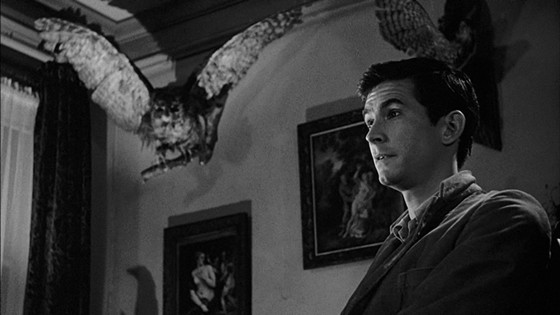
There is no movie ever made that has shaped our movie-going habits more than this film. Today, we show up to movies on time. Before “Psycho”, going to the movies was an all day activity. There was a news reel, a cartoon, a weekly Serial (Roughly 25 minutes, telling a continuous story, usually aimed at kids), a B-Movie and an A-Movie. You bought a ticket, and could come go as you pleased. Some people wanted to only see the Serial and the B-Movie, and then they’d leave. “Psycho” was one of the first films that was the only thing on the bill. If you showed up a few minutes late, you weren’t allowed in. The concept of “spoilers” was created because of this film; or “Witness for the Prosecution”; or “Vertigo. Take your pick.
It also may have created the American Independent film movement. Made for $800,000 (At the time, that’s cheap.), it grossed $20Million in its initial release. For such a huge hit, you’d think studios were clambering over each other to put their money into it. The truth is, no one wanted it made. Hitch had to raise the money himself, and he couldn’t even use his regular film crew. He used his TV crew from Alfred Hitchcock Presents. For distribution, and publicity, he still needed the studios, and it was difficult getting anyone to agree. The first flushing toilet was in it for heaven’s sake!
At that time, the studios owned the theaters. Everyone thought this film was a huge risk, and it would bomb. Movie profits are based on how much a film cost to make, versus its box office returns. Most films are considered a success when they make 3 times their budget.”Psycho” made 25 times its budget, making it one of the most successful films of Hitch’s career. It was nominated for 4 Oscars, including Best Director. If you haven’t seen it, I’m not going to discuss the plot. This film is still shocking 60 years later. The more you dig into it, the more profound it gets.
1. Vertigo (1958)
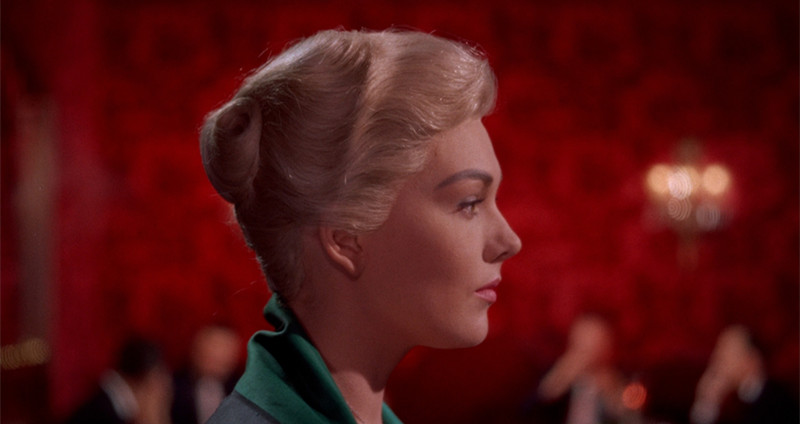
I am never going to run out of things to say about this film. I began studying film, because of “Vertigo”! I was 17 years old, when this freight train of a film hit me! I was so dazed, and dazzled by it, I had to watch it another 7 times before I begin to understand. I have now watched it over 50 times, and I learn new things ever time I watch it; about art, life, and human consciousness. You have no idea how hard it is for me to restrain myself discussing this film. It is simply the greatest film I have ever seen. As the great critic Leonard Maltin declared, it is a film “that demands multiple viewings”. I have read thousands of Maltin’s reviews. He has never said that about any other film that I know of.
Hitch made “Vertigo” during his most prolific period. He made 12 features between 1950 and 1960. In 3 successive years, he released 2 films each year. He also directed 15 episodes of “Alfred Hitchcock Presents. It took him 2 years to get “Vertigo” made. Why the delay? As you may remember from the entry for “The Wrong Man”, Vera Miles agreed to be in the film, and then found out she was pregnant. But most significantly, Hitch’s wife Alma became very ill. It was Alma who decided which films Hitch should make. She was his muse, and partner. Her illness made him delay the production, and he rarely left her side. She outlived him by 2 years. As of this going to press, their daughter, Patricia, is still alive.
Back to the film. If you have not seen this colossus, do not look up anything about it. You must go in blind. Trust me, this is no time to get frustrated because I am strongly recommending how you watch this film. You really need to trust me on this. I am doing this for your benefit, and enjoyment; not because I am a control freak. Starring James Stewart, Kim Novak, Barbara bel Geddes, and Tom Helmore, and featuring Bernard Herrman’s most haunting film score, you can spend your entire life studying this film and, as I’ve already mentioned, you will never run out of concepts to explore.